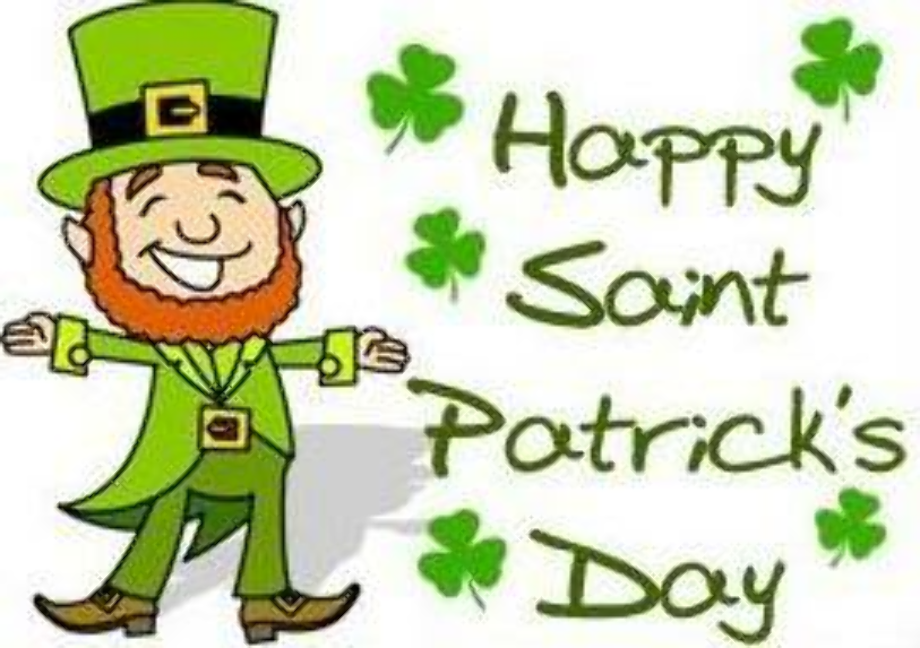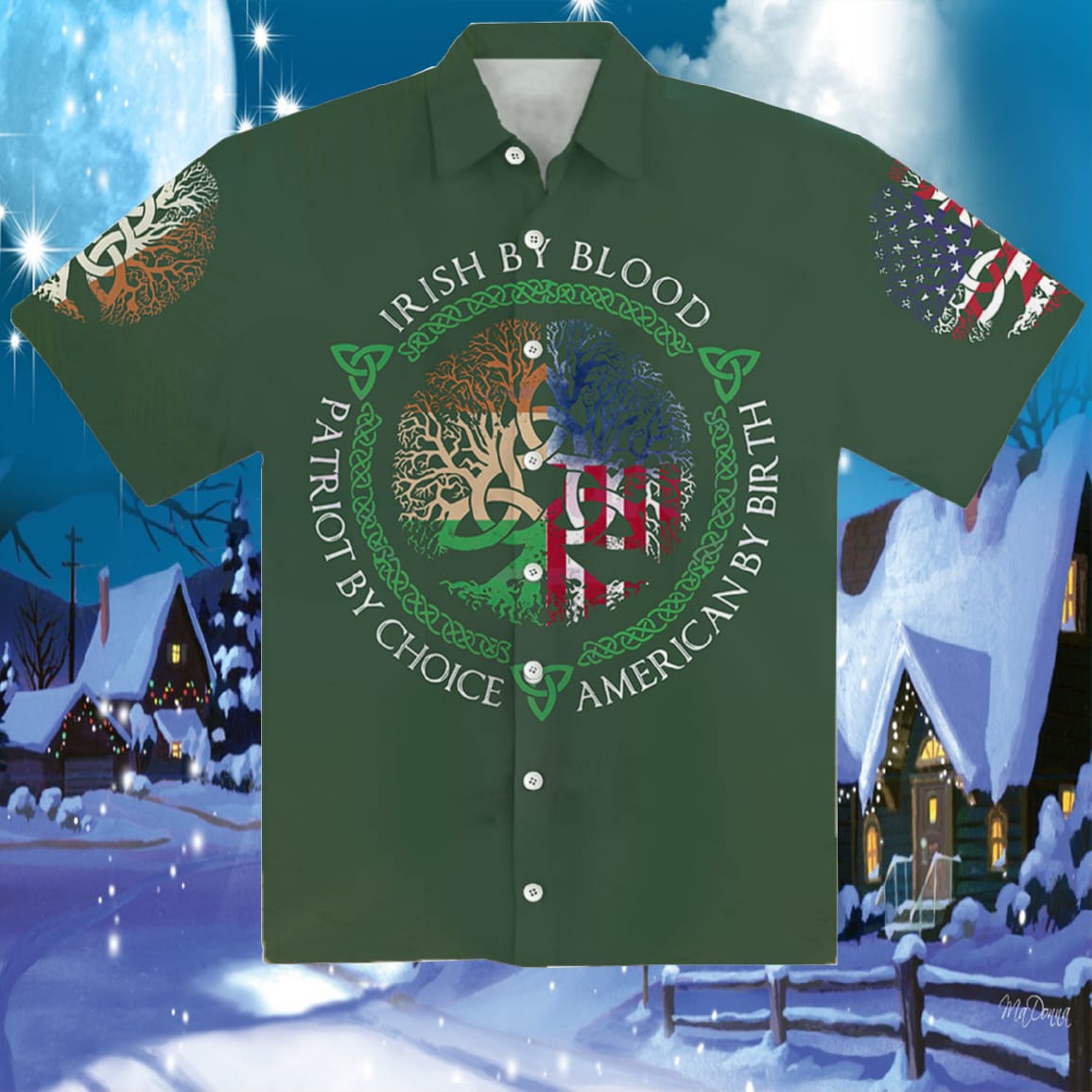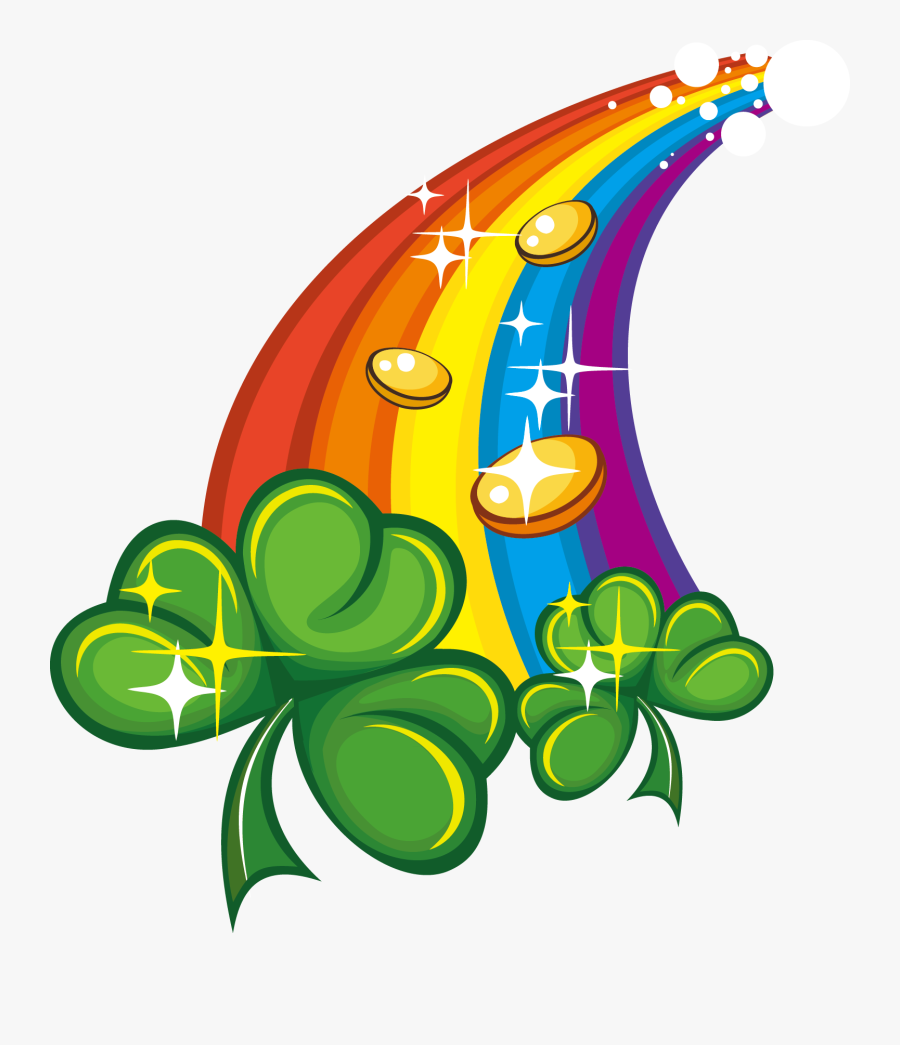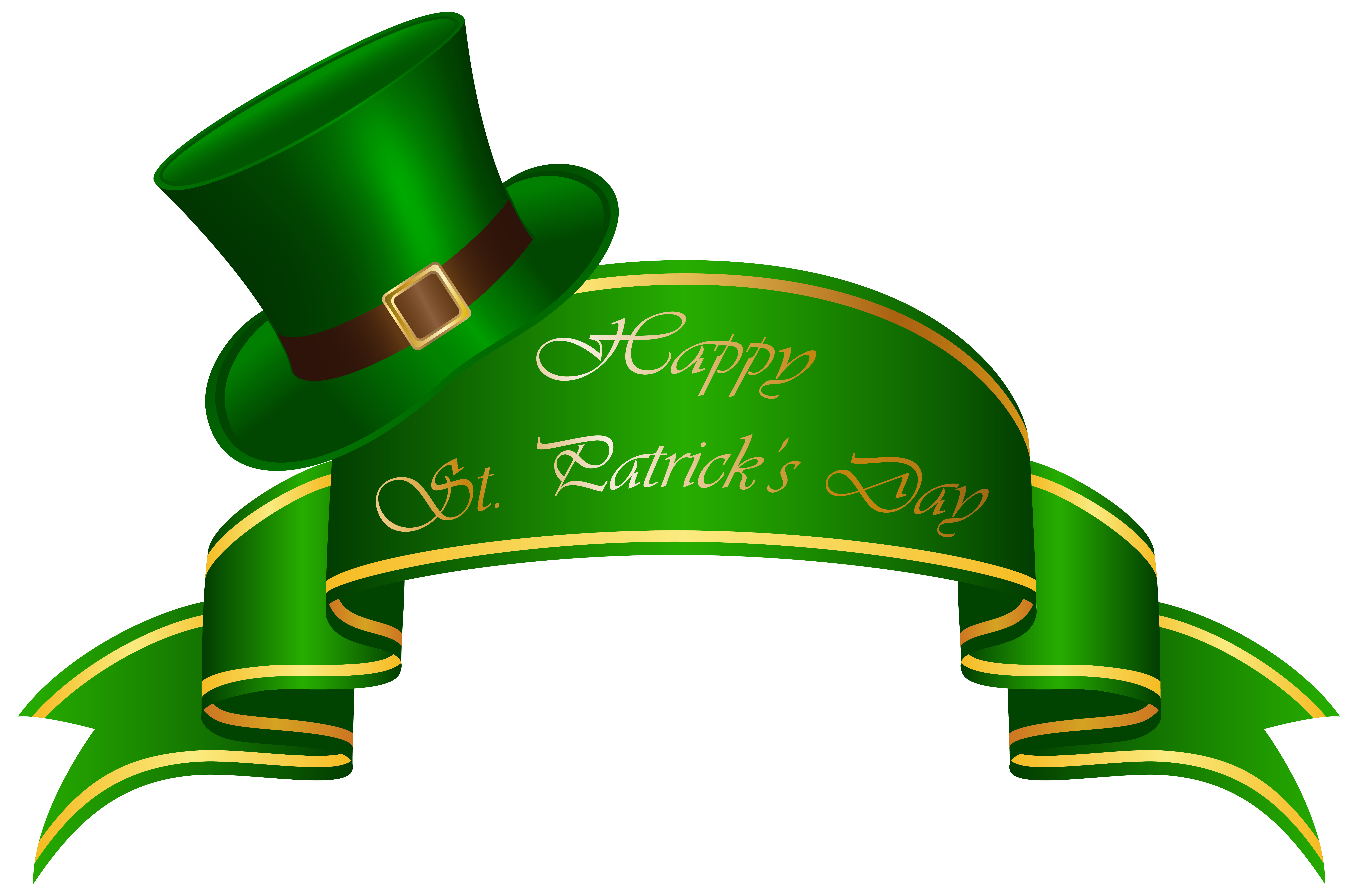Gallery
Photos from events, contest for the best costume, videos from master classes.
 | |
 |  |
 |  |
 |  |
 |  |
 |
This shade of blue has been described "St. Patrick's Blue". St Patrick's Hall, Dublin Castle. Home of the Order of St. Patrick, Is carpeted in St. Patrick's blue. There is no official Irish national color. Green is the de facto national color. The only rules about color are in the Irish Constitution regarding the national flag.[10] St. Patrick St. Patrick's Day is the most popular holiday of one (not particularly numerous) nation in the world. The 17th March is celebrated on all continents and symbols are an important part of such events. What is the primary spiritual significance of St. Patrick’s Day? St. Patrick’s Day primarily commemorates the introduction of Christianity to Ireland by Saint Patrick and celebrates the Irish Christian heritage. How does the shamrock relate to Christian symbolism? St. Patrick lived a storied and influential life. He is perhaps most notable for using many different items as symbols for explaining the mysteries of the Christian faith. In fact, St. Patrick’s Day is a holiday that is quite rich in traditional symbolism. Today, New York City’s annual St. Patrick’s Day Parade is one of the largest and most famous in the world, attracting millions of spectators. St. Patrick’s Day in Modern Times. Today, St. Patrick’s Day is celebrated far beyond Ireland and Irish immigrant communities. Spiritual Significance: St. Patrick's Day honors the arrival of Christianity in Ireland and Saint Patrick’s missionary work. Symbols: The shamrock represents the Holy Trinity, and a legend claims St. Patrick banished snakes from Ireland. The Christian association with the shamrock is primarily attributed to St. Patrick, the patron saint of Ireland. According to legend, St. Patrick used the shamrock to explain the concept of the Holy Trinity—the Father, the Son, and the Holy Spirit—as three divine beings in one entity. If caught, they would have to grant three wishes in order to gain their freedom. Leprechauns became the most famous of the Celtic fairies and are thus closely associated with Ireland and St. Patrick’s Day today. 9. The First St. Patrick’s Day Parade was in the United States A modern-day St. Patrick’s Day parade in New York City. Source St. Patrick's Day, observed on March 17, has transitioned from a feast day in Ireland to a widely celebrated holiday in the United States. The holiday commemorates St. Patrick, the patron saint of The most iconic symbol of St. Patrick’s Day is the shamrock, a three-leafed plant that St. Patrick is said to have used to explain the Christian doctrine of the Holy Trinity. The three leaves of the shamrock represent the Father, Son, and Holy Spirit—three distinct persons yet one divine essence. St. Patrick’s Day, celebrated annually on March 17th, honors St. Patrick, the patron saint of Ireland. Today it is often associated with parades, wearing green, and festive gatherings. However, the holiday has deep historical and religious roots that go back over a thousand years. Many of the symbols and traditions associated with St. Patrick’s Day have roots in Celtic paganism and were adapted into Christian celebrations. For example, the shamrock was used by St. Patrick to illustrate the Holy Trinity (Father, Son, and Holy Spirit), while Celtic crosses combined the Christian cross with a circle representing eternity. St. Patrick’s Day Symbols Enjoy learning more about familiar St. Patrick’s Day symbols — many are full of biblical meaning and Christian history! Choose from the options below to learn more about these popular St. Patrick’s Day symbols. 1. Why is the shamrock a symbol of St. Patrick’s Day? The shamrock is believed to have been used by St. Patrick to explain the Holy Trinity. It symbolizes the Father, Son, and Holy Spirit, as well as the interconnectedness of life. 2. What is the spiritual significance of wearing green on St. Patrick’s Day? Discover the spiritual significance of St. Patrick's Day as we delve into its Christian roots and the legacy of St. Patrick, the patron saint of Ireland. Celebrate March 17 with themes of hope and resilience, reflecting on personal faith journeys while honoring St. Patrick’s teachings and the symbolism of the shamrock. Join the blend of What does St. Patrick's Day celebrate? Originally, the Irish holiday was meant to honor the patron saint of Ireland, Saint Patrick. Now, the day has become a celebration of Irish culture. It is worn proudly by the Irish, especially on St. Patrick’s Day (March 17th), as a symbol of national identity and spiritual heritage. During the 18th century , the shamrock took on a more political meaning, becoming a symbol of Irish independence during British rule. By understanding St Patrick’s Day spiritual meaning, Christian roots and embracing its symbols, such as the Irish flag and shamrock, we can celebrate this holiday in a way that honors both tradition and belief. Some Pagans feel that St. Patrick’s Day co-opts the energy of this sacred time, replacing its original meaning with a Christian narrative and commercialized festivities. The contrast between the profound spiritual significance of Ostara and the often-superficial celebrations of St. Patrick’s Day can be deeply offensive to those who honor St. Patrick's Day's spiritual meaning is rooted in Christianity. At its core, St. Patrick's Day is a religious holiday celebrated by Catholic, Lutheran, Anglican, and Eastern Orthodox Christians.. The man who inspired the holiday, Saint Patrick, is best known for bringing Christianity to Ireland in the 5th century.
Articles and news, personal stories, interviews with experts.
Photos from events, contest for the best costume, videos from master classes.
 | |
 |  |
 |  |
 |  |
 |  |
 |